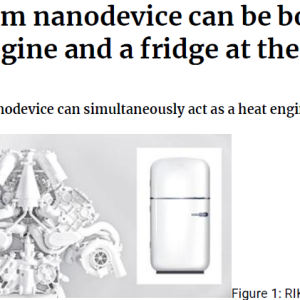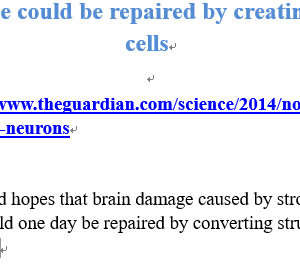
Effect of impurity ions and additives in copper electrorefining baths on the passivation behavior of low-grade copper anodes
₩4,000
The Cu electrorefining using low–grade copper anode is desired from the view point of reduction of electric power. Cu electrolysis was performed using a low–grade
copper anode in an unagitated sulfate solution, and the effect of impurity ions and additives in solution on the passivation of anode was investigated. The time when anode
passivation firstly occurs shortened significantly in solution containing 0.596 mol·dmÿ3 of Ni2+ ions as impurity, and shortened somewhat in solution containing As5+(0.053
mol·dmÿ3 ) or Bi3+(0.0005 mol·dmÿ3 ) ions.
Sn2+(0.0004 mol·dmÿ3 ) and As3+(0.053 mol·dmÿ3 ) ions slightly decreased the time to passivation, but Sb3+ (0.004 mol·dmÿ3 ) ions rarely decreased the time. When the
0.596 mol·dmÿ3 of Ni2+ ions were added in solution, the viscosity coefficient of solution increased and the diffusion coefficient of Cu2+ ions decreased. When the
As5+(0.053 mol·dmÿ3 ) or Bi3+(0.0005 mol·dmÿ3 ) ions were added in solution, the compound of As–Sb–O or As–Bi–O system was formed in anode slime, which seemed
to increase the compactness of slime. The time to passivation was slightly longer in thiourea–free solution, but shortened with increasing the concentration of thiourea from
0.525 to 2.24 mmol·dmÿ3 In the solutions containing 0 to 1.13 mmol·dmÿ3 of Clÿ ions, the time to passivation was constant, but significantly shortened with increasing the
concentration of Clÿ ions at the region above 1.13 mmol·dmÿ3 . Clÿ ions formed CuCl at the upper area of anode slime, as a result, increased the compactness of slime and
promoted the passivation





상품평
아직 상품평이 없습니다.